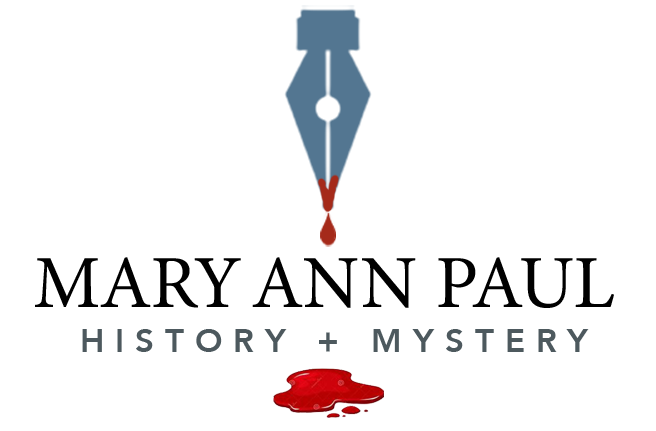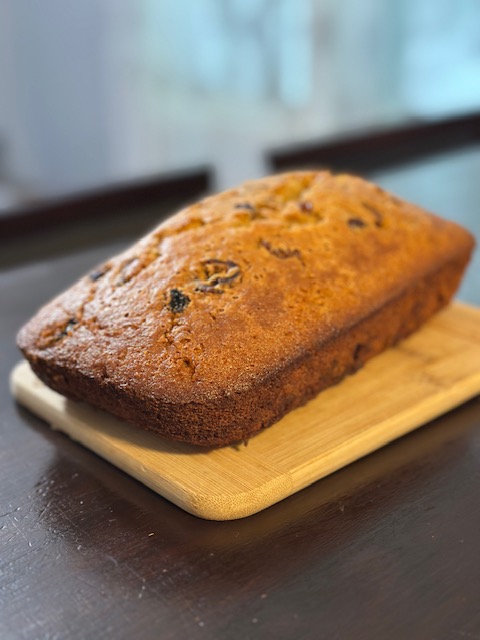There is something satisfyingly intimate about baking a recipe from a 1918 cookbook.
As I mixed together diced fruit, flour, and the bare minimum of butter, I was not just following a recipe–I was stepping into the kitchen of a woman who lived during World War 1 while she was making decisions about how to feed her family.
The 1918 cookbook I used–the aptly named, Foods That Will Win The War And How To Cook Them–guided women on how to allocate precious resources: sugar, fat, salt. All of these precious items needed to be sent overseas, to support the boys “over there.”
In the battle over ingredients, women led the charge. Every day, every meal, testified to their dedication. Recipes like the fruit bread I prepared reflect the quiet resilience and determination these women demonstrated.
As a historical fiction author, my authenticity to doesn’t stop at descriptions of decor or period dialogue. All research is in the service of understanding the daily lives of the people who lived during that era. Baking this bread connected me to the women who demonstrated their commitment to the people they loved and the ideals they supported through the meals they prepared.
The result? A crusty, flavorful, hearty bread that is different from the sugary indulgence we expect today, but an utter pleasure to enjoy with a cup of tea in the afternoon.
And yes, the photo accompanying this blog is the finished product–cracks, imperfections, and all, just as it might have appeared in 1918.
Sometimes history isn’t just about something we read. Sometimes, we can taste it, as well.
Here is the recipe from the 1918 cookbook if you’re curious to try it yourself.
Wartime Fruit Cake
1 cup honey or corn syrup
1 tablespoon fat
1 egg
2 cups flour
1 teaspoon cinnamon
1 teaspoon cloves
1/8 teaspoon salt
1 cup chopped dates, figs, raisins, or prunes
¾ teaspoon soda
2/3 cup milk
Cream fat, honey, and egg. Sift dry ingredients. Add alternately with milk. Bake in loaf pan for 45 minutes in moderate oven.
Note: I baked at 375 degrees for 55 minutes.

